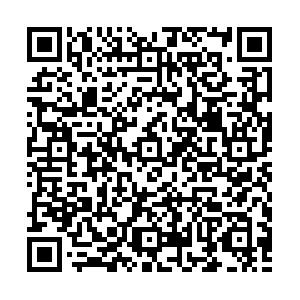摘要:
通过分子生物学技术构建2种不同RAD54启动子调控的yEGFP重组报告载体pRAD54-yEGFP和pRAD54S-yEGFP,前者启动子DNA为1.8 kb,后者为0.5 kb,分别转入W303-1A酵母细胞,构建2种启动子调控的发光酵母细胞,用不同化学诱变原作用后,用流式细胞仪和多功能发光仪测定酵母的发光强度。结果发现2种启动子调控的酵母细胞的发光强度均与化学诱变原(甲磺酸甲脂、4-硝基-N-氧化喹啉和5-氟尿嘧啶)有明显的剂量效应关系,但是W303-1A/RAD54-yEGFP剂量效应关系较为明显,产生的最大诱导倍数(5.96、2.19和2.71)明显高于W303-1A/RAD54S-yEGFP所产生的最大诱导倍数(2.53、1.50和1.91),可能与启动子序列中转录因子的数量以及转录因子间协同增效作用有关。同时发现,流式细胞仪测定效果明显优于发光仪测定效果。所以在构建RAD54启动子调控重组酵母细胞筛选诱变时,选用全启动子序列效果较好。
Abstract:
Two yEGFP yeast reporter vectors, pRAD54-yEGFP and pRAD54S-yEGFP, regulated by two RAD54 promoters, were constructed by a molecular biological technique. The DNA lengths of the two promoters are 1.8 and 0.5 kb. These two vectors were transformed into W301-A yeast cells to construct the whole fluorescent yeast cells regulated by the two RAD54 promoters, which were named as W303-1A/RAD54-yEGFP and W303-1A/RAD54S-yEGFP. After that, the whole yeast cells were treated by different chemical mutagens (methylmethanesulfonate, 4-nitroquinoline-noxide and 5-fluorouracil) and their fluorescent densities were measured on a flow cytometer and a multifunctional luminous instrument. The fluorescent densities from the two types of yeast cells both exhibit significant dose effect relationships with methylmethanesulfonate, 4-nitroquinoline-noxide and 5-fluorouracil concentration. The dose effect relationships of W303-1A/RAD54-yEGFP are more obvious. The maximum fold of induction of W303-1A/RAD54-yEGFP are 5.96, 2.19 and 2.71, while those of W303-1A/RAD54S-yEGFP are 2.53, 1.50 and 1.91. Such differences may be related to the number and synergy of transcription factors. Meanwhile, the results from flow cytometry are more sensitive than that of the multifunctional luminous instrument. When constructing a recombinant yeast cell regulated by RAD54 promoter for screening mutagens, it is suggested to choose the whole sequence of the RAD54 promoter.


 点击查看大图
点击查看大图


 下载:
下载:
